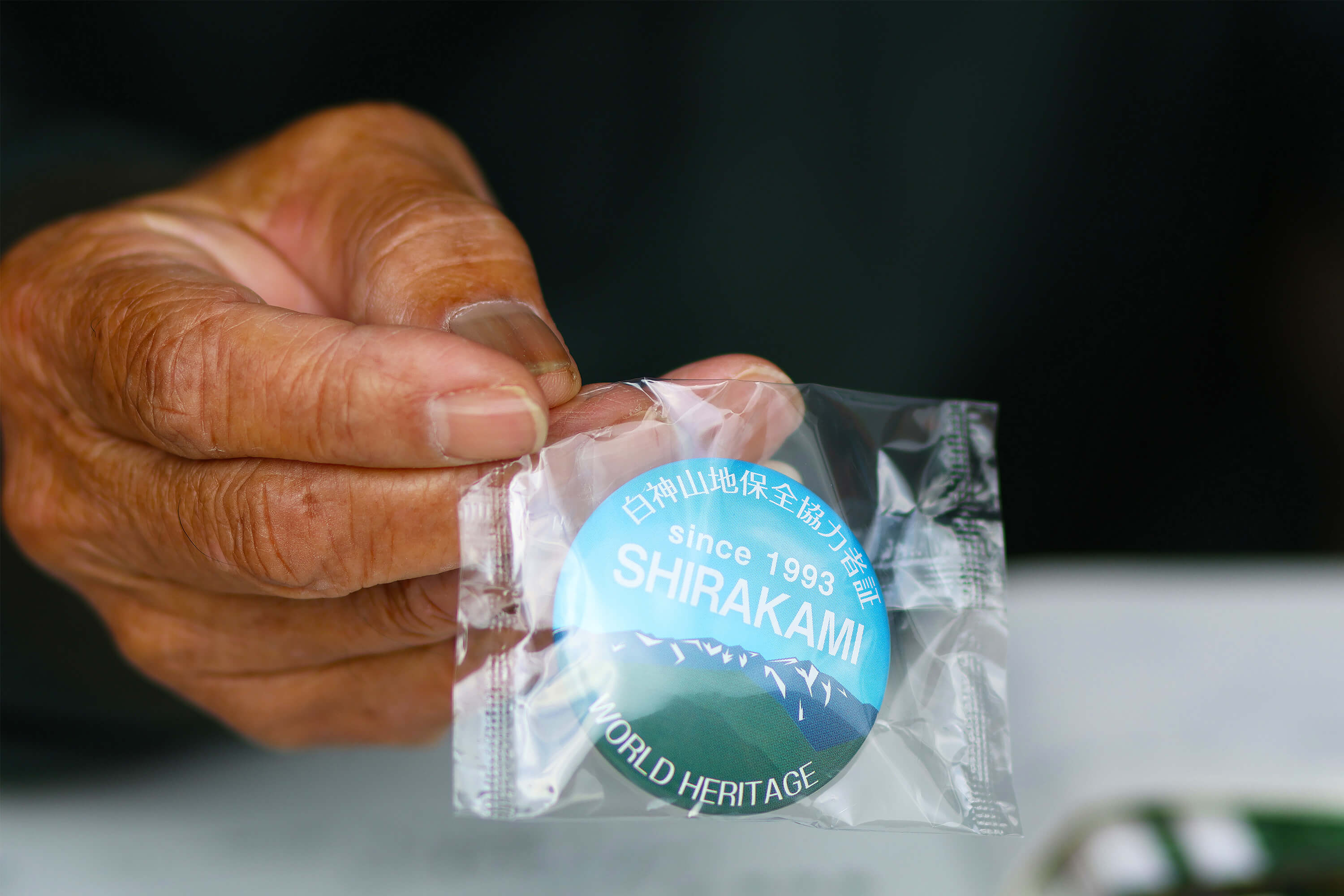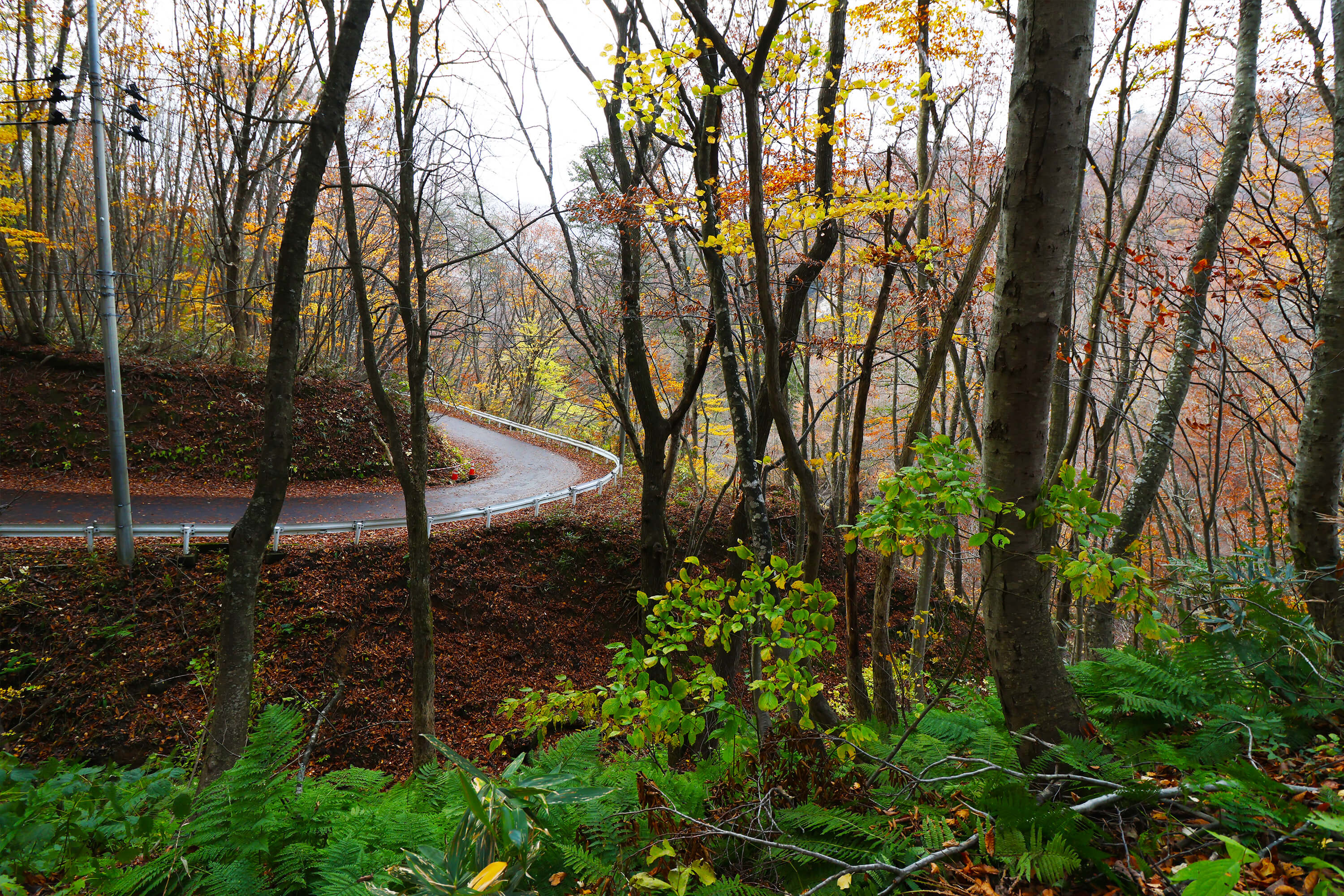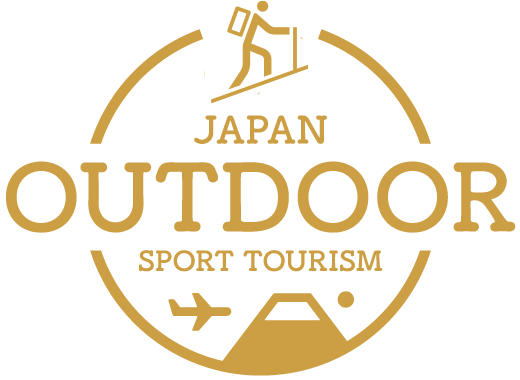Creative Art 101 Designs

Traverse in the watershed of the Iwaki River,
a class A river in Tohoku
The Iwaki River, which flows through the western part of Aomori Prefecture, is a class A river of approximately 102 km. It originates in Mount Ganmori in the Shirakami Sanchi, World Natural Heritage Site, runs through the Tsugaru Plain near Hirosaki City, passes through Lake Jusan in Goshogawara City, and flows into the Sea of Japan. You can traverse the Iwaki River watershed by trekking, cycling, or kayaking. Even beginners can easily participate in this adventure tour which includes stopping by sightseeing spots. The watershed is dotted with historic towns, including the castle town of Hirosaki Domain, and Jomon archaeological sites, allowing visitors to experience not only the nature of Aomori, but also its history and culture.

Enjoy all the activities in the set of nature in Aomori
The Shirakami Sanchi, which will be the starting point of the trip, is a general term for the mountainous area that stretches from the southwestern part of Aomori Prefecture to the northwestern part of Akita Prefecture, and is covered with primeval beech forests. In addition to plants such as beech, mizu-nara (Quercus crispula), and Japanese wingnut growing in the Shirakami Sanchi, many animals such as Japanese monkeys, Japanese serows, and Asiatic black bears also inhabit the area.

There is a hut by the entrance to the walking trail where you can make a donation and receive an original badge. There are six trekking courses ranging from beginner to advanced levels, and you can experience the nature of the Shirakami Sanchi while walking through beech forests. The spring water from the Shirakami Sanch has a clean taste that will moisten your mind and body.



After the trekking, take a break and start cycling. You will cycle along the mountain path to Lake Miyama, a great kayaking spot. Cycling in the sunlight filtering through the trees while feeling the fresh air all over your body is an excellent and comfortable experience. You're going through about 4.5 km of moderately undulating terrain. Other activities include cycling through apple orchards and along the historic streets of the castle town, or cycling to the goal at Lake Jusan, where you can enjoy the countryside and think about Jomon culture and history. The cycling journey will take you on various routes, with a guide who will explain the history and culture of the area along the way.



Then for the kayaking, you will first receive a lecture on how to control a kayak and learn the basic operation. With the two-person kayaks, you may find it difficult to match each other's timing at first, but you will soon get the hang of it and be able to stroll on the water smoothly around the dammed lake at the headwaters of the Iwaki River.

Looking up from the water, the trees have a different look than when trekking or cycling. In addition to kayaking in nature, you can also experience river rafting in the middle reaches of the Iwaki River by moving from one location to another. Looking at the apple orchards that stretch along the riverbank, you will paddle slowly down the river, following the gentle flow of the river.


Trekking, cycling, and kayaking along the Iwaki River on the Tsugaru Peninsula in Aomori Prefecture will make you realize the appeal of a different kind of travel and allow you to fully enjoy the sense of oneness with nature.
You will want to take as many pictures as possible!
To a photo spot on the Tsugaru Peninsula
There are many tourist attractions on the Tsugaru Peninsula, and Tsurunomai Bridge is one of them. With a total length of approximately 300 meters, it is the longest wooden triple drum bridge in Japan, and was built using Japanese hiba wood grown in Aomori Prefecture, making full use of ancient Japanese construction techniques. It is characterized by its gentle arch shape, and is a viewing spot where you can see Mt. Iwaki, also known as Tsugaru Fuji.


The JR Gono Line Kizukuri Station is another popular tourist attraction. The station's motif is a Clay Figurine (Dogu) with Goggle-Like Eyes excavated from the Kamegaoka Stone Age Ruins, and its impressive exterior walls will catch your eye! The eyes of the clay figurine blink every time a train arrives or departs, adding to its charm. There is a tourist information center in the station building, where various pamphlets and souvenirs are available.


Enjoy Kaisen-don, a bowl of rice topped with seafood
to your liking, and local sweets.
Nokke-don, a bowl of rice topped with your favorite seafood, is a local delicacy of Aomori Prefecture. In Goshogawara City, it is called Nohe-don, and you can enjoy it at the Maruko Center, a fresh food market in the city. This is a spot where nine stores such as fresh fish, delicatessen and fruit shops gather. After buying rice at the delicatessen shop, go to the fresh fish corner.


Choose from fresh seafood available at the store, such as tuna, flounder, scallops, salmon, and sweet shrimp, then hand your rice to the store staff, they will serve it for you. Interacting with store staff who speak Tsugaru dialect is fun, and even if you want to eat small portions of various kinds of seafood, you'll definitely end up with a lot of seafood.

In addition, Aomori Prefecture is the largest producer of apples in Japan, and Hirosaki City is a particularly famous apple producing area. There are over 40 shops in the city that serve apple pies made with locally grown apples.

It is also recommended that trying out and comparing apple pies, each with a completely different taste and texture at places such as the Taisho Roman Tea Room, where you can try seven types of apple pies made at confectionery shops in the city.


